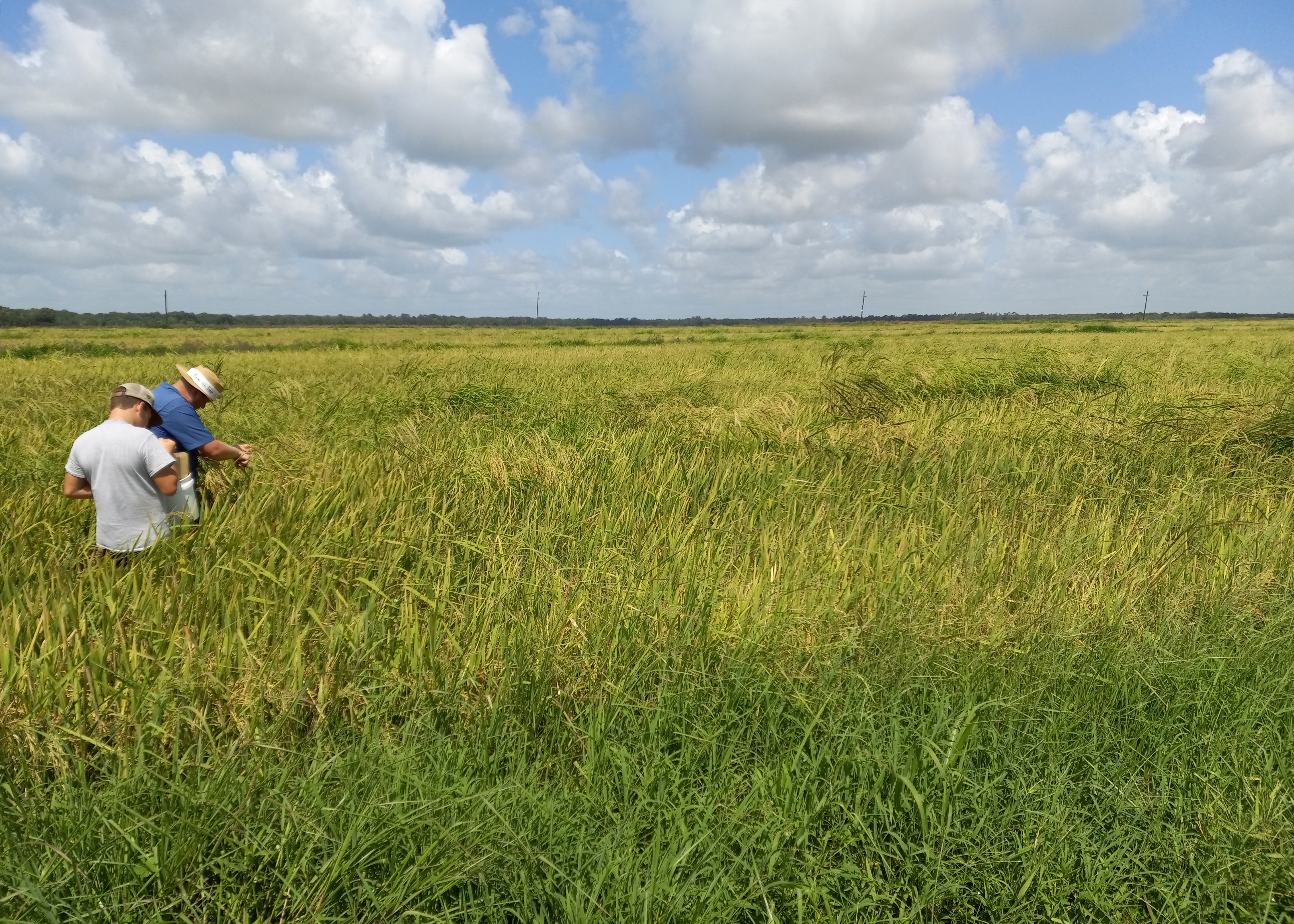The artical reviews the biosynthesis and metabolic engineering of chlorogenic acid, luteolin, deoxygenated quercetin, and ivy saponin, summarises the pharmacological research progress of Lonicera plants, and construct a phylogenetic relationship of Lonicera species based on the chloroplast whole genome. In this paper, the biosynthetic pathways and metabolic engineering of the four compounds were firstly systematically reviewed, providing theoretical references for further improvement of the synthetic biology of the related components (Figure 1).
Existing research results indicate that Lonicera plants have a wide range of pharmacological effects, which are caused by different chemical components. This article reviews the pharmacological effects of Lonicera plants, including anti-inflammatory, antibacterial, antioxidant stress, and liver protection. In addition, due to the implicit evidence of plant species formation in their genome sequences, molecular level comparative analysis can relatively accurately describe the intrinsic changes that may occur over time. This article discusses the subgenus classification of Lonicera plants based on their chloroplast whole genome (Figure 2), providing a theoretical reference for Lonicera plants that have not yet established a clear subgenus classification. At the same time, it is proposed that more species of the Lonicera genus need to be sequenced in order to provide more accurate theoretical basis for the evolution of Lonicera plants and to make more effective revision to the classification of the Lonicera family. Finally, ways to promote their effective use, including molecular biology tools, were systematically summarised, and suggestions were made for the prospects of fully exploiting the medicinal plant resources of Lonicera.
###
References
DOI
Original Source URL
https://www.maxapress.com/article/doi/10.48130/mpb-0024-0008
Authors
Xiaojie Chen1,2 , Weiqiang Li2 , Xu Lu1* , Lam-Son Phan Tran3* , Raphael N. Alolga1* and Xiaojian Yin1,2*
Affiliations
1 State Key Laboratory of Natural Medicines, Department of Pharmacognosy, Institute of Pharmaceutical Science, China Pharmaceutical University, Nanjing 210009, China
2 State Key Laboratory of Black Soils Conservation and Utilization, Key Laboratory of Soybean Molecular Design Breeding, Northeast Institute of Geography and Agroecology Chinese Academy of Sciences, Changchun, 130102, China
3 Institute of Genomics for Crop Abiotic Stress Tolerance, Department of Plant and Soil Science, Texas Tech University, Lubbock, TX 79409, USA



